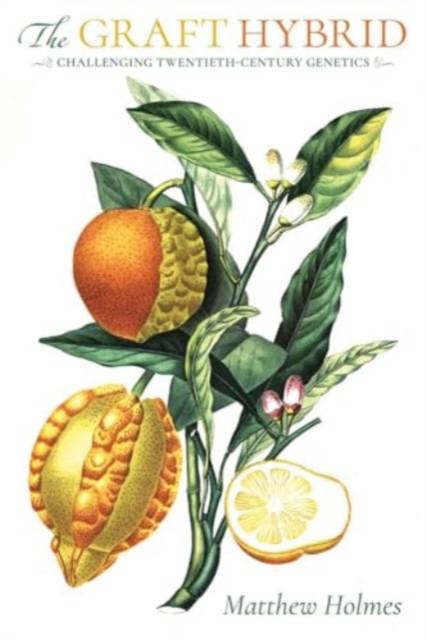
- Afhalen na 1 uur in een winkel met voorraad
- Gratis thuislevering in België vanaf € 30
- Ruim aanbod met 7 miljoen producten
- Afhalen na 1 uur in een winkel met voorraad
- Gratis thuislevering in België vanaf € 30
- Ruim aanbod met 7 miljoen producten
Zoeken
€ 91,95
+ 183 punten
Omschrijving
The global triumph of Mendelian genetics in the twentieth century was not a foregone conclusion, thanks to the existence of graft hybrids. These chimeral plants and animals are created by grafting tissue from one organism to another with the goal of passing the newly hybridized genetic material on to their offspring. But prevailing genetic theory insisted that heredity was confined to the sex cells and there was no inheritance of characteristics acquired during an organism's lifetime. Under sustained attacks from geneticists, scientific belief in the existence of graft hybrids slowly began to decline. Yet ordinary horticulturalists and breeders continued to believe in the power of grafting. Matthew Holmes tells the story of these organisms--which include multicolored chickens and black nightshades that grew tomatoes--and their enduring influence on twentieth-century biology. Their creators sought a goal as ambitious as the wildest dreams of genetic engineering today: to smash the barriers between species and freely exchange genes between organisms. The Graft Hybrid presents a greater understanding of the controversial history of graft hybrids, offering a crucial intervention in the history of genetics and the future of biological science.
Specificaties
Betrokkenen
- Auteur(s):
- Uitgeverij:
Inhoud
- Aantal bladzijden:
- 320
- Taal:
- Engels
Eigenschappen
- Productcode (EAN):
- 9780822947936
- Verschijningsdatum:
- 16/04/2024
- Uitvoering:
- Hardcover
- Formaat:
- Genaaid
- Afmetingen:
- 158 mm x 235 mm
- Gewicht:
- 517 g

Alleen bij Standaard Boekhandel
+ 183 punten op je klantenkaart van Standaard Boekhandel
Beoordelingen
We publiceren alleen reviews die voldoen aan de voorwaarden voor reviews. Bekijk onze voorwaarden voor reviews.











